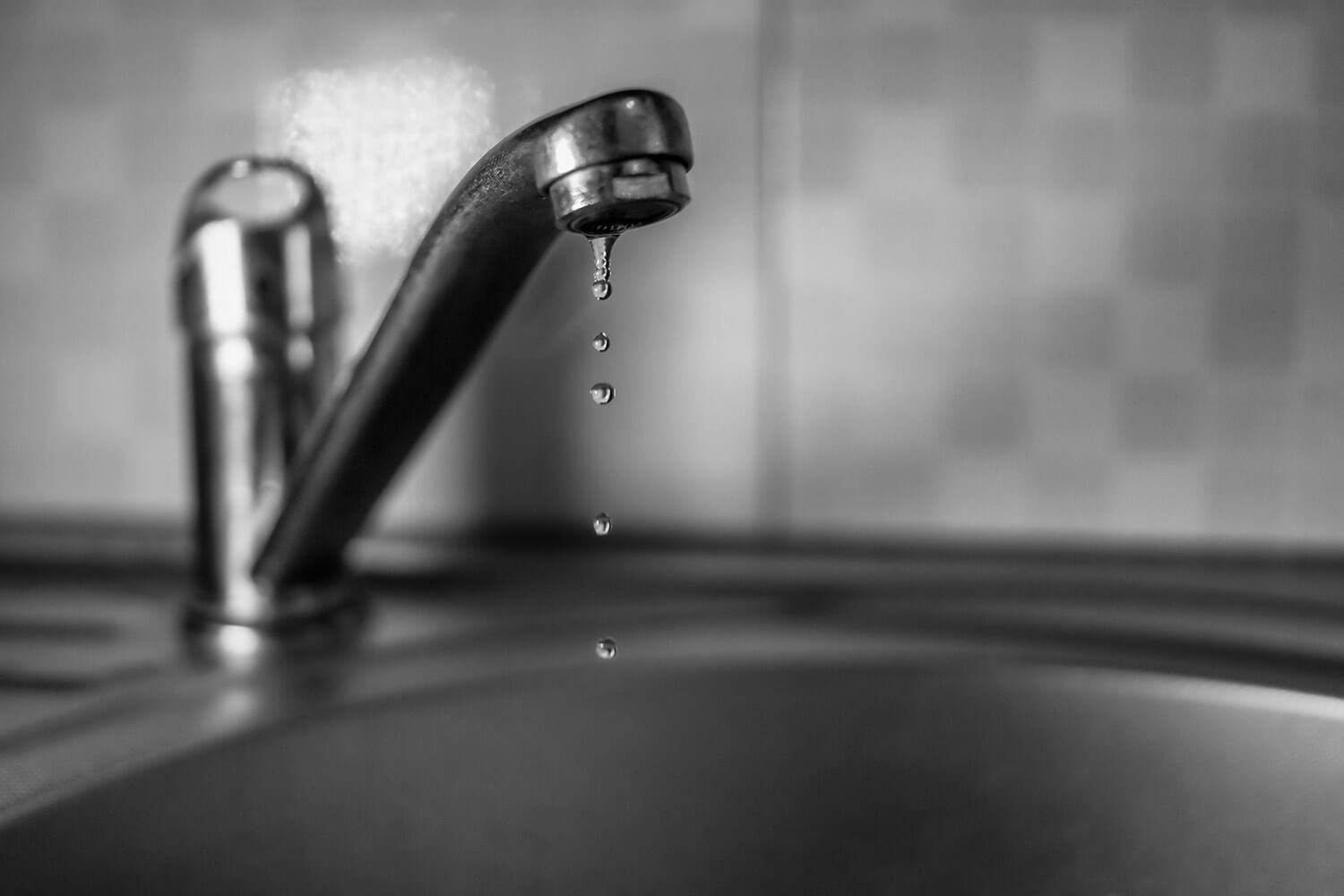Pinpoint Six of Commonest Leak Triggers Inside Your House
Pinpoint Six of Commonest Leak Triggers Inside Your House
Blog Article
This post down below pertaining to Top Causes of Home Water Leaks is amazingly compelling. Don't overlook it.

Leaks not just create waste of water yet can also cause unnecessary damages to your residence and also promote undesirable natural development. However, water leaks may go undetected since a lot of the pipework in our home is hidden. By looking and also recognizing for daily circumstances that trigger leaks, you can safeguard your house from future leaks and also unneeded damage. Today, we will certainly take a look at six leak triggers that might be creating your pipes to drip.
Elbowing in origins
Many water leakages start outside the residence instead than inside it. You might see damp patches or sinkholes in your lawn, and that might mean that tree roots are attacking water lines creating water to seep out.
Rusty water supply
As time passes by, your plumbing system ages and also rust such as rust might begin eating away the pipelines. This may be the reason for staining or warping on your water pipes. This asks for an examination with your plumber promptly. If our plumbing system is old, think about changing the pipes given that they are at a greater risk of rust than the more recent versions.
Malfunctioning Pipe Joints
The point at which your pipelines link is frequently the weakest link in the waterline. Pipeline joints can deteriorate gradually, resulting in water leaks. The bulk of pipeline joints are not conveniently visible. If you have loud pipelines that make ticking or banging noises, particularly when the hot water is switched on, your pipeline joints are possibly under a lot of stress. It is suggested to have your plumber examine your system once a year.
Instant temperature level adjustments.
Extreme temperature level adjustments in our pipelines can trigger them to increase and contract unexpectedly. This development and also contraction might trigger cracks in the pipes, especially if the temperature level are below freezing. It would certainly be best if you watched on how your plumbing works. The presence of the previously pointed out situations frequently indicates a high danger.
Poor Water Connectors
At times, a leakage can be created by loose hose pipes as well as pipes that supply your devices. In situation of a water links leakage, you might notice water running directly from the supply line or puddles around your appliances.
Clogged Drains
Clogged drains could be irritating and inconveniencing, yet they can often end up creating an overflow resulting in burst pipes. Maintain removing any type of materials that may go down your drains that can clog them to avoid such hassles.
All the above are root causes of leaks however not all water leakages arise from plumbing leakages; some leaks might come from roofing system leaks. All leaks should be repaired instantly to avoid water damage.
Leakages not just trigger waste of water yet can also cause unnecessary damages to your house and also promote unwanted organic growth. By looking and comprehending for day-to-day scenarios that cause leaks, you can safeguard your house from future leaks and unnecessary damages. Today, we will look at six leakage creates that might be triggering your pipelines to leak.
At times, a leak can be triggered by loose tubes as well as pipelines that supply your devices. In situation of a water connections leakage, you may observe water running directly from the supply line or puddles around your home appliances.
How To Check For Water Leak In Your Home
How To Check for Leaks
The average household's leaks can account for nearly 10,000 gallons of water wasted every year and ten percent of homes have leaks that waste 90 gallons or more per day. Common types of leaks found in the home are worn toilet flappers, dripping faucets, and other leaking valves. These types of leaks are often easy to fix, requiring only a few tools and hardware that can pay for themselves in water savings. Fixing easily corrected household water leaks can save homeowners about 10 percent on their water bills.
To check for leaks in your home, you first need to determine whether you're wasting water and then identify the source of the leak. Here are some tips for finding leaks:
Take a look at your water usage during a colder month, such as January or February. If a family of four exceeds 12,000 gallons per month, there are serious leaks.
Check your water meter before and after a two-hour period when no water is being used. If the meter changes at all, you probably have a leak.
Identify toilet leaks by placing a drop of food coloring in the toilet tank. If any color shows up in the bowl after 10 minutes, you have a leak. (Be sure to flush immediately after the experiment to avoid staining the tank.)
Examine faucet gaskets and pipe fittings for any water on the outside of the pipe to check for surface leaks.
Undetected water leaks can happen without the home or business owner even realizing. If you suspect a water leak, but not able to find the source. It is time to contact a professional water leak detection service, The Leak Doctor.
How To Find a Water Leak In Your Home
https://www.leakdoctor.com/blog/How-To-Check-For-Water-Leak-In-Your-Home_AE197.html

We are very involved in How to Find Water Leaks and I really hope you appreciated the blog entry. In case you appreciated our article kindly be sure to pass it around. Thanks a lot for taking the time to read it.
Immediate attention? Call. Report this page